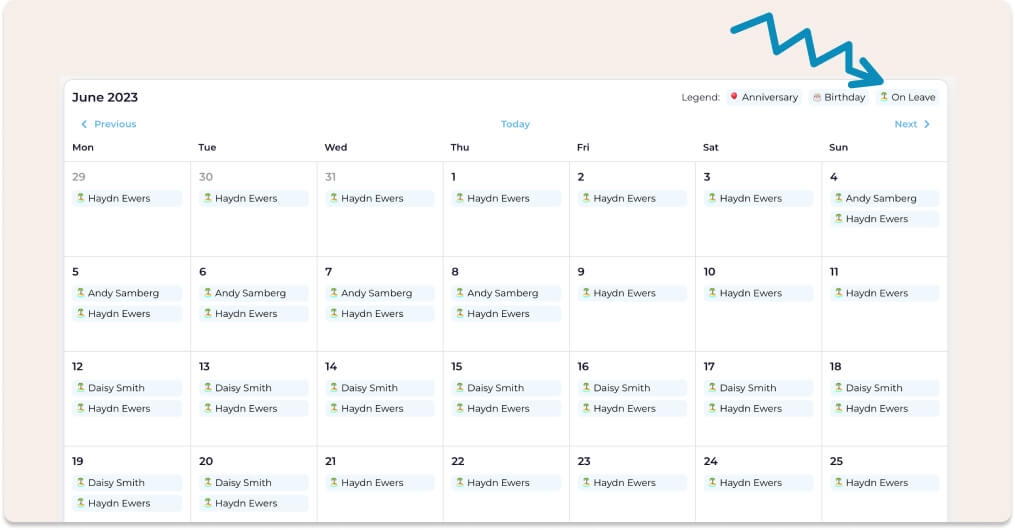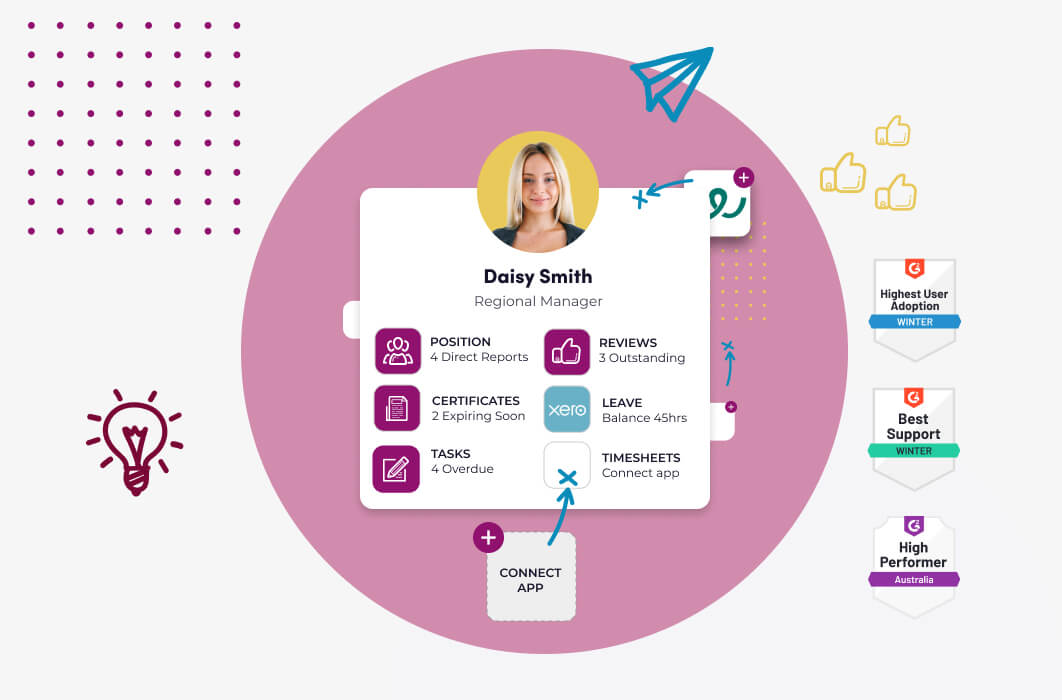HR teams are responsible for seamlessly integrating leave management policies and systems into a business, but often they don’t have sufficient levels of access to the software that executes leave – payroll! This causes a problem – how can an HR team nail leave management if the software handling it isn’t in their control?
Well, a integration to your payroll solves this conundrum. HR managers can pull required leave information out of payroll and into their HR platforms, enabling them to create and enforce a complaint and efficient leave management policy.
6 reasons why HR teams love a single organisation wide view of time-off
One of the key benefits Worknice offer’s its clients is the ability to review organisation wide leave in a single view. Why have we done this? Heres 6 reasons why…
Easy Access and Visibility
Having a centralised view of all leave requests on a single page makes it convenient for managers and HR personnel to access and review the information quickly. They can easily see who is on leave, when they are scheduled to return, and any overlapping periods of absence.
Leave calendar
Worknice has an inbuilt calendar that displays company wide time-off … plus birthdays and anniversaries.
FIND OUT MORE
Efficient Planning
With a single page view, organisations can better plan and allocate resources. Managers can identify potential staffing gaps and take necessary actions to ensure smooth operations during periods of high leave requests. They can make informed decisions about approving or denying leave requests based on the overall picture of leave availability across the organisation.
Conflict Resolution
In situations where multiple employees request leave during the same period, a single page view allows managers to see the potential conflicts and take appropriate measures to resolve them. They can proactively manage staffing levels, adjust schedules, or communicate with employees to find alternative solutions.
Transparency and Fairness
A centralised view of leave requests promotes transparency and fairness within the organization. It ensures that all leave requests are treated consistently and that employees are aware of the overall leave policy. Employees can also see the availability of leave slots, which reduces uncertainty and encourages open communication.
Compliance and Policy Enforcement
By having a single page view, organisations can monitor and enforce their leave policies more effectively. They can track the number of leaves taken by each employee, identify patterns of absenteeism, and address any potential issues or abuse of leave policies.
Data Analysis
A centralised view of leave data enables organisations to analyze and extract valuable insights. They can identify trends in leave requests, such as seasonal patterns, recurring absences, or specific departments experiencing higher leave rates. This information can help in resource planning, identifying areas for improvement, and implementing strategies to enhance employee satisfaction and productivity.



